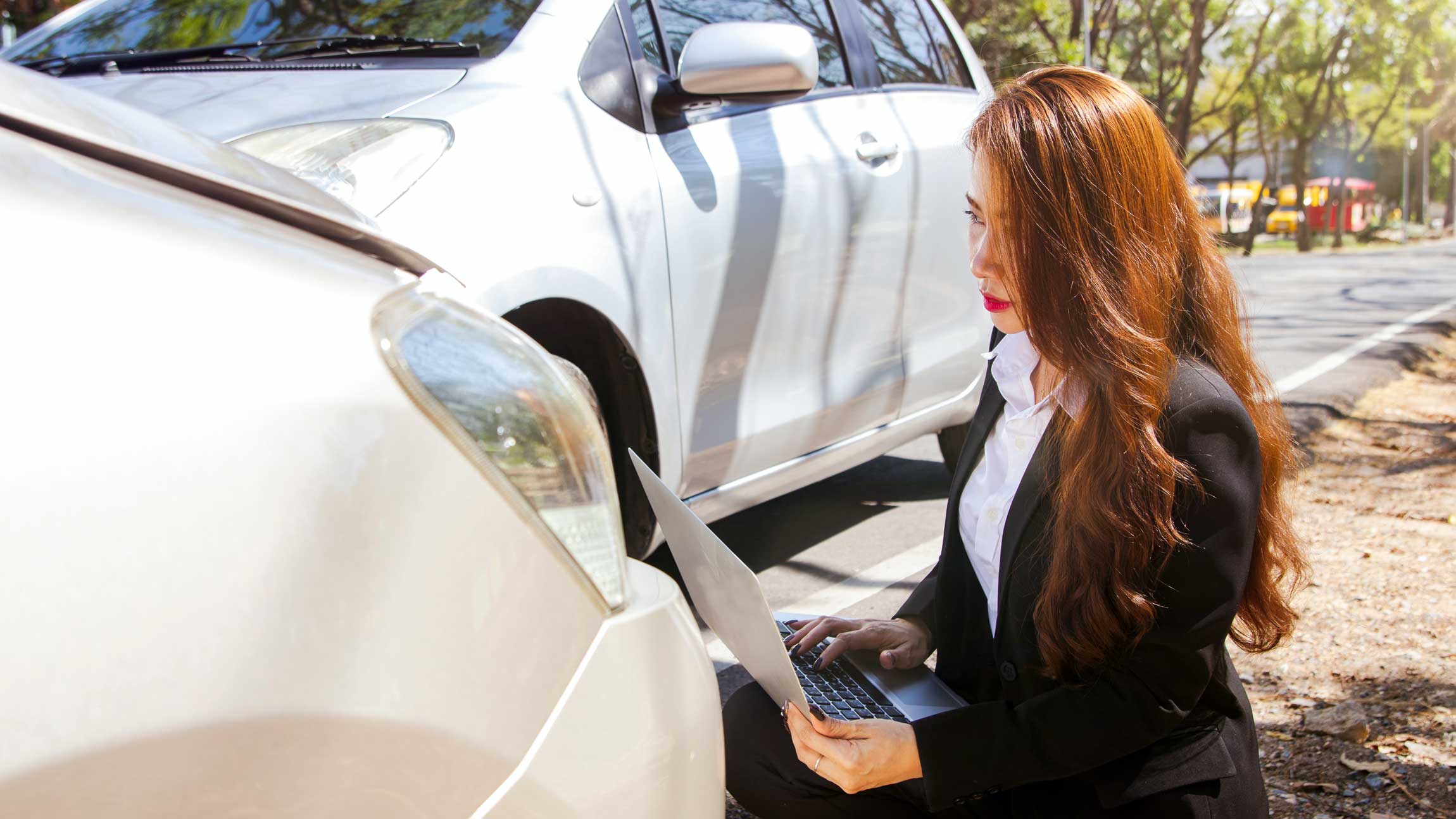Black Boxes and Car Accident Claims
In today’s vehicles, black boxes—officially known as electronic data recorders (EDRs)—play a powerful role in car accident investigations. These devices collect critical data that can be used to reconstruct what happened before, during, and after a crash. For those injured in a car accident, black box data can be a powerful tool in proving fault and strengthening a personal injury claim investigation. Understanding how black box data works, what it captures, and how it can support your case is essential as you work to hold the at-fault party accountable.
What Is a Car Black Box and What Does It Record?
A car black box, or EDR, records key vehicle data in the moments surrounding a collision. Unlike airplane black boxes, it does not capture audio, but it does track information including:
- Speed and acceleration
- Braking patterns and timing
- Airbag deployment
- Seatbelt usage
- Steering and directional changes
- Headlight activation
- Diagnostic system warnings
This data helps reconstruct the timeline of an accident and can be vital in determining liability. Most EDRs store this information for about 30 days and require special tools to retrieve it.
Whether your car has a black box depends on its make, model, and year. General Motors began using EDRs in 1994, and most manufacturers followed. As of September 1, 2014, the electronic data recorder mandate requires all new passenger vehicles sold in the U.S. to include one. If you’re unsure whether your vehicle has a black box, a dealership or a quick online search can help you find out.
The Role of Black Box Data in a Personal Injury Claim Investigation
Personal injury investigators play a key role in uncovering the truth after a crash. They analyze black box data to determine what occurred in the moments before and after impact. By examining factors including vehicle speed, sudden braking, and GPS location, investigators can confirm or dispute statements made by drivers and witnesses. This objective evidence is especially valuable when accounts conflict or liability is in question. A skilled investigator can make the difference between a denied claim and a successful resolution.
Not every case requires a black box download, but when it does, the evidence is often central to proving what really happened—especially in North Carolina, which follows a strict contributory negligence rule. If you’re found even slightly at fault, you may lose your right to recover damages, so clear, unbiased black box data may be essential to the success of your case.
How Black Box Data Can Strengthen Your Car Accident Injury Claim
Black box data can be used to show that the at-fault driver was:
- Speeding
- Failing to brake or stop
- Drifting lanes (an indicator of distracted driving)
- Making aggressive or erratic steering movements
This type of evidence is neutral, detailed, and difficult to dispute. It can also help speed up the claims process by providing clear, documented facts, which makes it harder for insurance companies to deny liability or delay your settlement. With strong EDR data, your personal injury attorney can pursue a fair settlement and move your case forward.
Challenges in Accessing and Using Black Box Data
While black box evidence is highly valuable, it isn’t always easy to access. Most devices retain data for a limited time, so acting fast is critical. Once this data is overwritten or lost, it’s often gone for good—another reason to act quickly.
Retrieving the data also presents legal hurdles. The data belongs to the vehicle owner, so accessing it typically requires consent or a court order. This can be difficult if the other party is uncooperative or represented by an insurer attempting to limit their exposure.
Interpreting the data is another challenge, requiring someone with technical expertise in the field. That’s why personal injury attorneys often work with crash reconstructionists and technical consultants to ensure the data is properly extracted, preserved, and presented.
If you’ve been involved in a crash, contacting a personal injury attorney as soon as possible can improve your chances of securing this critical evidence.
Why You Need a Car Accident Lawyer Who Understands EDR Technology
Because handling EDR evidence requires both legal authority and technical knowledge, not every law firm is equipped to manage it. Hiring a lawyer who understands how to access and apply black box data is essential to building a strong car accident injury claim. At Miller Law Group, we incorporate EDR analysis into a broader personal injury claim investigation, collaborating with experts to uncover exactly how your crash occurred and who is at fault. Our team has the experience, resources, and commitment to conduct a thorough investigation and use every available tool to support your claim.
Contact Miller Law Group for Help After a Car Accident
Black box data can be one of the most powerful tools for proving your personal injury claim, but only if it’s recovered and interpreted quickly and correctly.
At Miller Law Group, we understand what’s at stake after a serious crash. Our attorneys will fight to secure the evidence, protect your rights, and pursue the compensation you deserve. Contact us today to schedule your free consultation and take the first step toward recovery.


